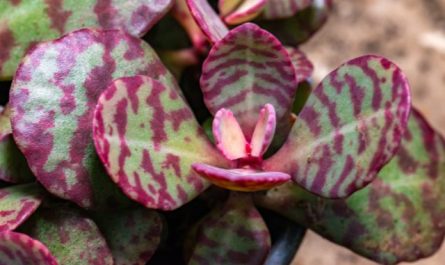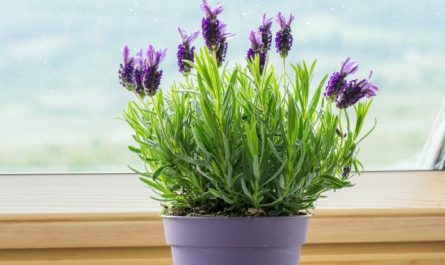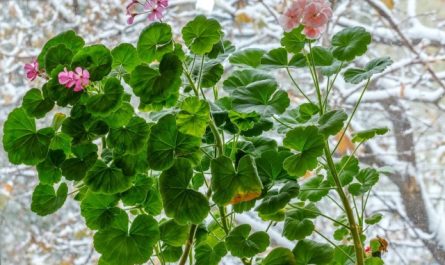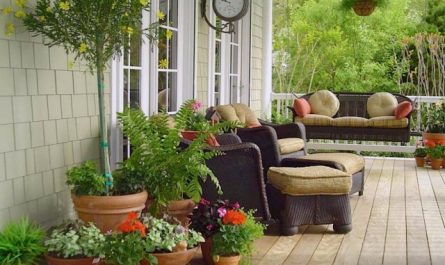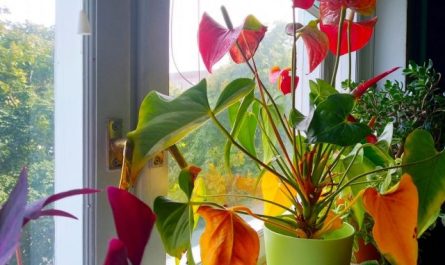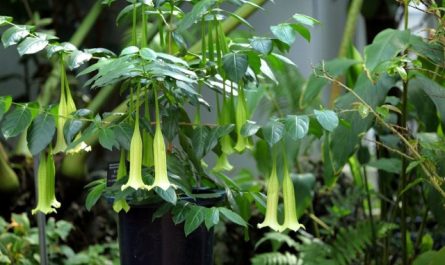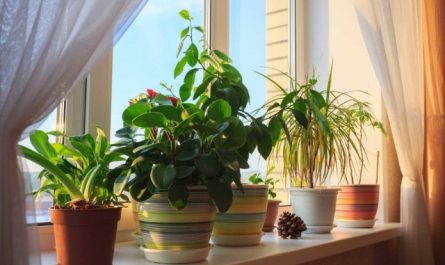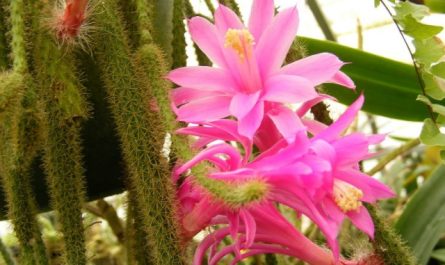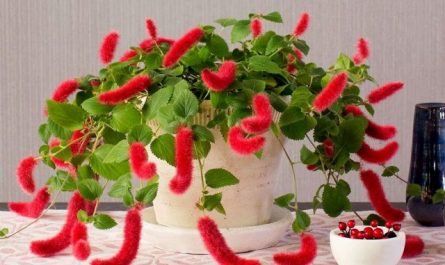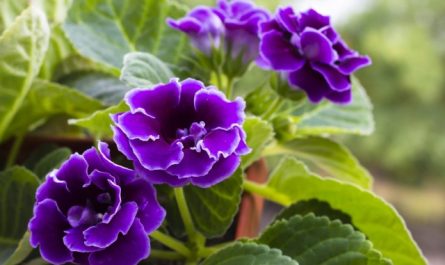Among the hardy, unpretentious and very decorative dracaenas, one species is especially loved by gardeners all over the world. Dracaena marginata with its beautiful “colored” leaves is a slow-growing decoration for both offices and homes. Luxurious rosettes of narrow leaves seem enviably lush, and the silhouettes are graceful. Even if marginatas outgrow them over time, they are easy to rejuvenate. But it was not the ease of control that served as the main reason for such popularity of this type of dracaena. After all, even other types of false palms cannot compete with marginatas’ unpretentiousness.

Description of the plant
Among the rather wide variety of dracaenas, there is no species as popular as Dracaena marginata. If any dracaena is used in the design of offices or homes, then the chance that the choice will be made on the marginata is more than great. After all, with the same character as simple green-leaved tree forms, the marginata has two important trump cards – colored leaves and drought resistance.
Dracaena marginata, or bordered, also known to us as red-bordered (Dracaena marginata) is a tree-like, evergreen and variegated variety of dracaena, as if created for indoor culture. In nature, marginata can only be found in Madagascar, which is why this species is known as Madagascar dracaena or Madagascar dragon tree. Despite their gigantic size in nature (marginatas can grow up to 6 m or more), they remain slow-growing and quite compact in indoor format, although without control they can grow to the ceiling in decades.
The palm-shaped thin trunk is formed only over time, gradually woody, traces of fallen leaves are clearly visible on it. Elegant, dense greenery is the main pride of this type of dracaena. Lush bunches of leaves on the tops of shoots seem denser than those of competitors. With a length of up to 70 cm and a width of up to 4 cm (depending on the variety), narrowly sword-shaped, pointed leaves of marginata conquer with their shine and bright color.
The dark green base color of the marginata is combined with a thin red edge, which looks like a real luxurious decoration. And the wider the leaves of the variety, the more beautiful the patterns. There are individual varieties with other colors – more saturated or pale, as well as with yellow, cream and multi-colored variations of the edges.

Growing conditions for indoor dracaena marginata
This type of dracaena is perfect for any standard office and apartment conditions, because with the right lighting they are happy with almost any temperature. Dracaena marginata is considered the best type of dracaena for cleaning the air from xylene, formaldehyde, trichloroethylene.
Lighting and placement
Lighting is the key to success in growing Dracaena marginata. As you can easily guess from its colored leaves, marginata will lose its characteristic edging in the shade. But in light partial shade, there is no need to be afraid of discoloration. Dracaena marginata does not tolerate direct sunlight, but within the framework of places with diffused soft light, it will be fine anywhere – both in bright interior areas and on a dim windowsill.
True, marginates are rarely placed on windowsills: the plants are quite spreading even in their youth, and the gradual growth of the trunks even more so requires removal from the windowsills and floor position. To avoid any problems with marginates, it is better to move it closer to the windows for the winter.
When placing in a room, it is better to treat the marginata as a soloist, which is more advantageous to look at from above. This type perfectly balances bulky pieces of furniture.
Temperature conditions and ventilation
It is quite easy to choose the temperature regime for marginata. The plant does not withstand a temperature drop below 15 degrees and feels great in medium and high room temperatures. This type of dracaena is not afraid of heat, moreover, in fairly high temperatures it develops much faster and more actively. Marginata will not be afraid of a slightly cooler winter, but it is usually grown in rooms with a stable temperature of 18 to 25 degrees all year round.
For Dracaena marginata, you should not refuse ventilation. The plant is not afraid of drafts (but not hypothermia), it loves fresh air. It is better to expose Dracaena marginata so that the air circulates freely around the crown, not too tightly, without the leaves “resting” against the walls.

Caring for Marginata at Home
The popularity of Marginata is mainly due to its much greater drought resistance compared to other false palms of the Dracaena genus. Marginata can forgive even a fairly long absence of watering, tolerates irregular procedures well and is suitable for both those who can afford regular care and those who are often on business trips.
Watering and air humidity
The drought resistance of Dracaena marginata has its price: the plants are much more intolerant of over-watering, even a little stagnant water can lead to the death of the plant from rot. Many gardeners prefer to under-water rather than over-water Dracaena marginata, so that there are no even the slightest risks. It is safer to drain the water released after watering immediately, and allow the upper part of the soil in the pots to dry out before the next watering.
Watering should always be adjusted based on soil drying, not standard or convenience. In this case, there will be no problems even in winter. Naturally, watering will have to be reduced in autumn, but the best guide is the rate of moisture consumption by the plant itself.
Marginatas are much more resistant to dry air than other dracaenas. Even during the heating season, their leaf tips rarely dry out, and thanks to the colored stripes, such drying is much less noticeable. Marginatas do not like extreme proximity to radiators, which is best compensated for by spraying or other measures to increase air humidity.
To maintain cleanliness, the leaves need to be wiped weekly, if possible replacing simple wiping with a warm shower, which Marginata simply adore. With regular showering, Marginata look much brighter and grow faster.
Top dressing and fertilizer composition
Marginates are fed without stopping, but with different frequencies. In spring and summer, fertilizers are applied every 2 weeks, in autumn and winter – every 4 weeks. Only special fertilizers for decorative foliage plants are suitable for dracaena marginates (other types of fertilizers affect the color of the plant).
Pruning and shaping Dracaena marginata
If you want to create multi-stemmed forms or limit growth, dracaena is cut. The plant’s tops easily take root, and new rosettes begin to grow from the upper buds. The standard for forming marginata is cutting the trunk at a height of 30 cm. Dry leaves are removed regularly.

Transplantation, containers and substrate
This is one of the most resistant to contact with roots plants, which almost does not notice the transplant. It can be carried out at any time during the active growth phase, but only if the substrate is completely mastered by the roots, the palm has nowhere to develop. The signal for transplanting dracaena marginata is the appearance of roots in the drainage holes, occasionally – on the surface of the soil. In years when transplantation is not needed, it is advisable to replace the top few centimeters of soil with fresh substrate.
Dracaena marginata loves universal loose soil. Any high-quality substrate for indoor plants will do. Containers for it also need to be classic, with a height exceeding the diameter. Drainage from expanded clay or other materials must be placed at the bottom of the pot.
Diseases, pests and problems in cultivation
The decorative effect of Dracaena marginata does not disappear even in extreme conditions, but this species will not withstand cold drafts, hypothermia, accumulation of dirt on the leaves and lack of basic care. Only weakened plants are affected by pests. Spider mites, aphids, felt-like insects and other insects are controlled by simple methods – adjusting conditions and care, spraying with infusions and decoctions of herbs, and in case of severe infestation – insecticides.
Propagation of Dracaena marginata
In this regard, Dracaena marginata is a typical representative of Dracaenas. The plant is propagated by rooting the tops and stem cuttings (from 5 to 15 cm) – in water, wet sand or substrate, at room temperatures. The main thing is to make a “clean”, neat cut with a disinfected blade. It is not necessary to install a cap over the cuttings.




